Any product with electronic features – no matter how basic or complex – requires some level of electronic hardware design. Often, this involves custom PCB design, cable design, and other custom designs. Electronics design is about creating a hardware platform that hosts an embedded system and provides connectivity between sensors, actuators, and user interfaces.

There are several well-known best practices in electronics design that inexperienced designers often overlook. Here are some we think are worth highlighting, and that we always consider in the forefront of our day-to-day development.
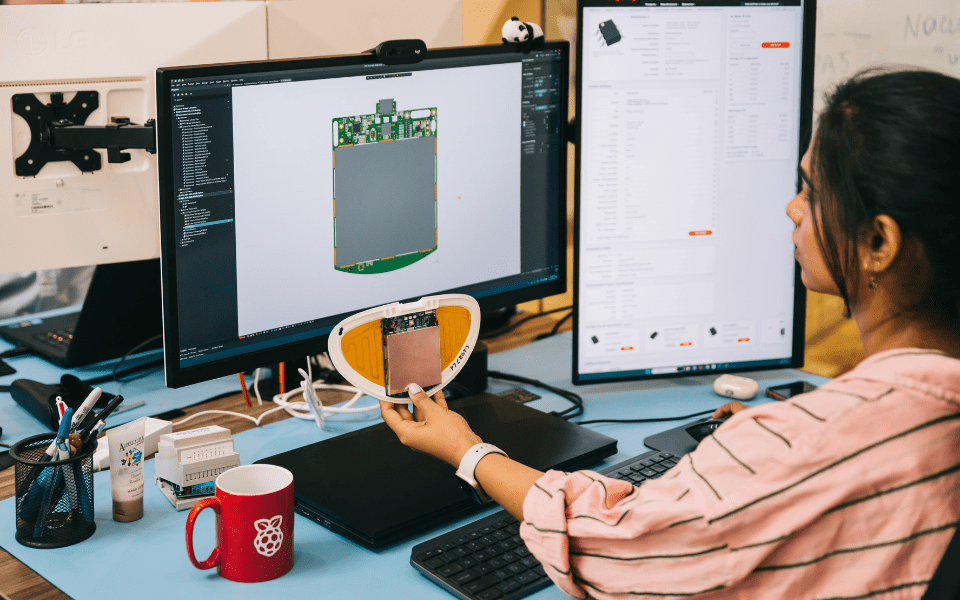
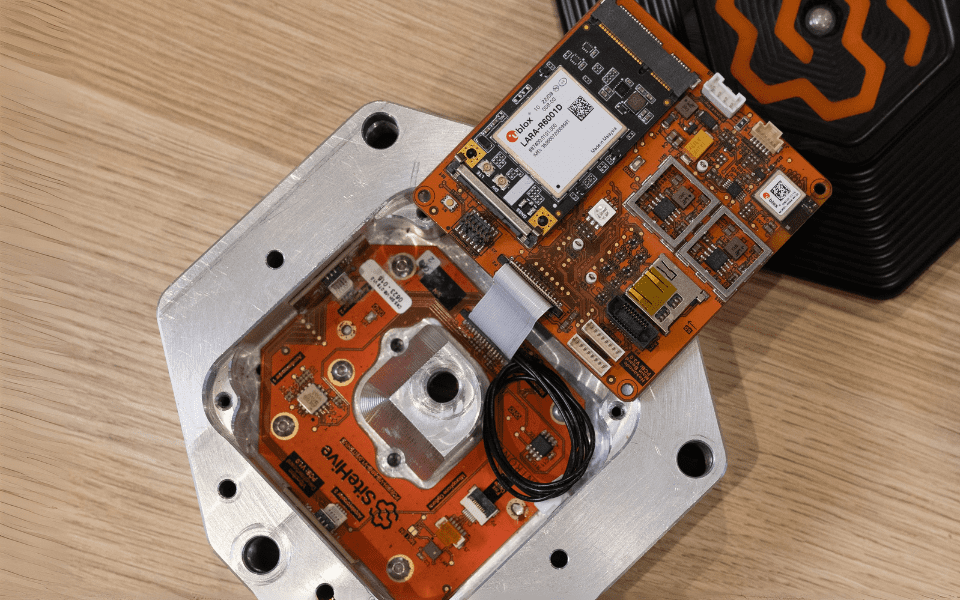
Electronics hardware transforms ordinary mechanical products into smart, value added devices and can provide a strong barrier to entry for competitors with software-only products. Companies should pay close attention to minimise upfront investment and overall cost of ownership.
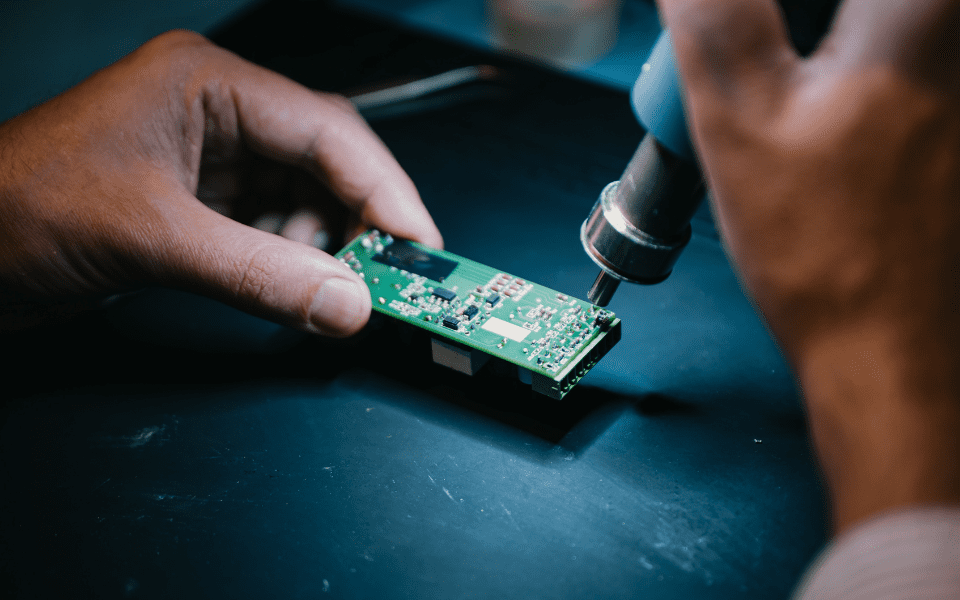
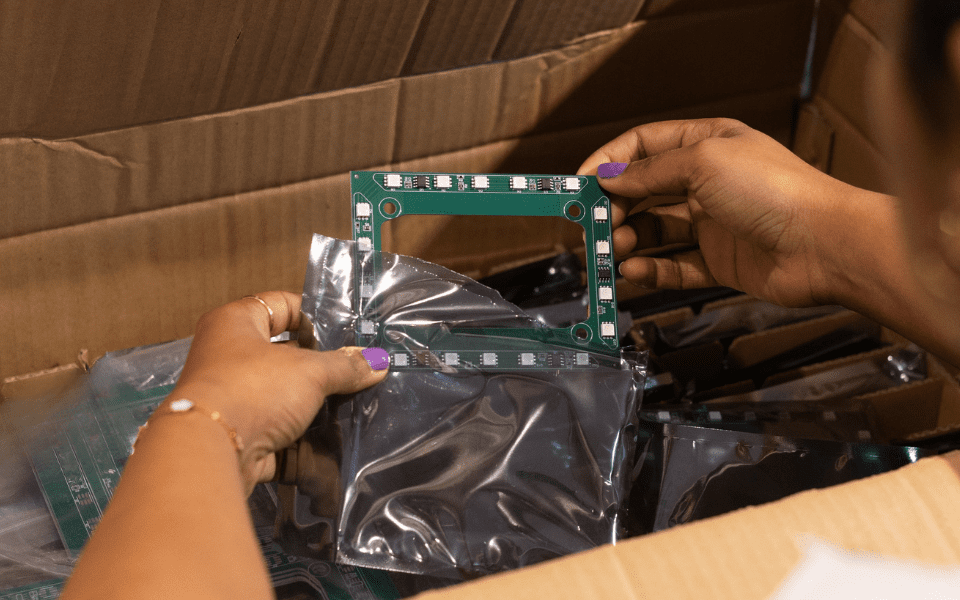
Because hardware is on the critical path for product development, optimising the electronics design process demands strong and effective collaboration between the key project stakeholders. Here are some important collaboration principles:
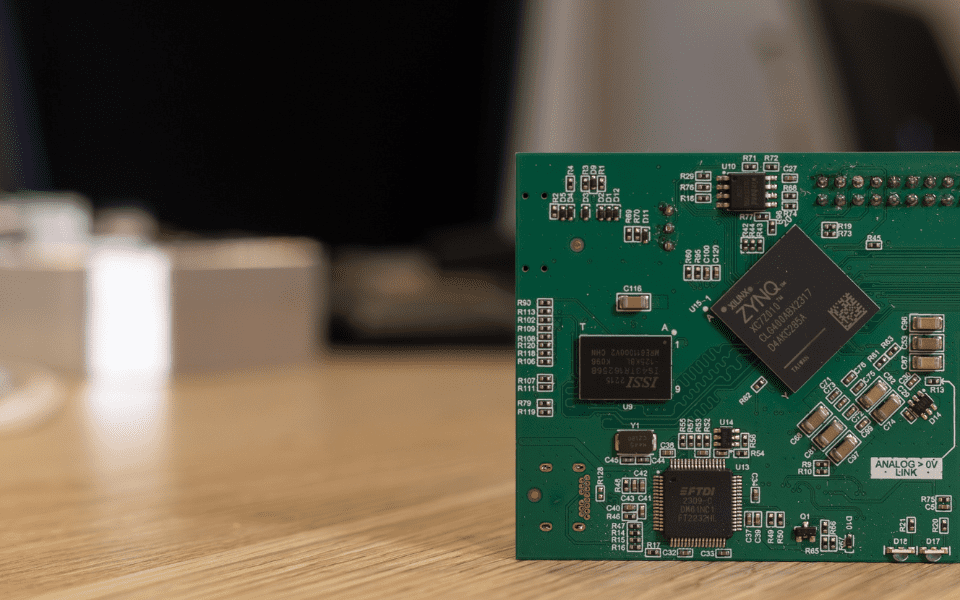
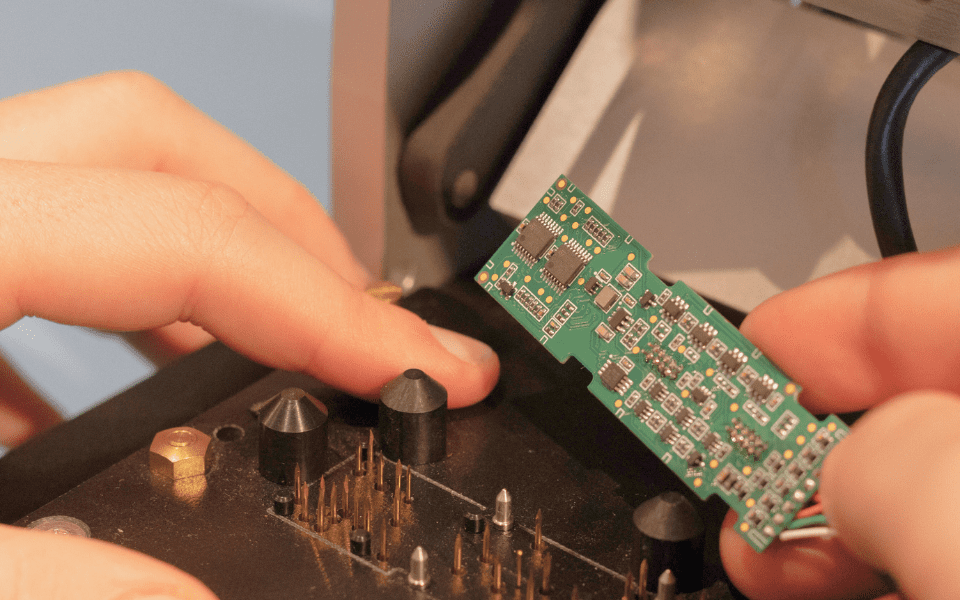
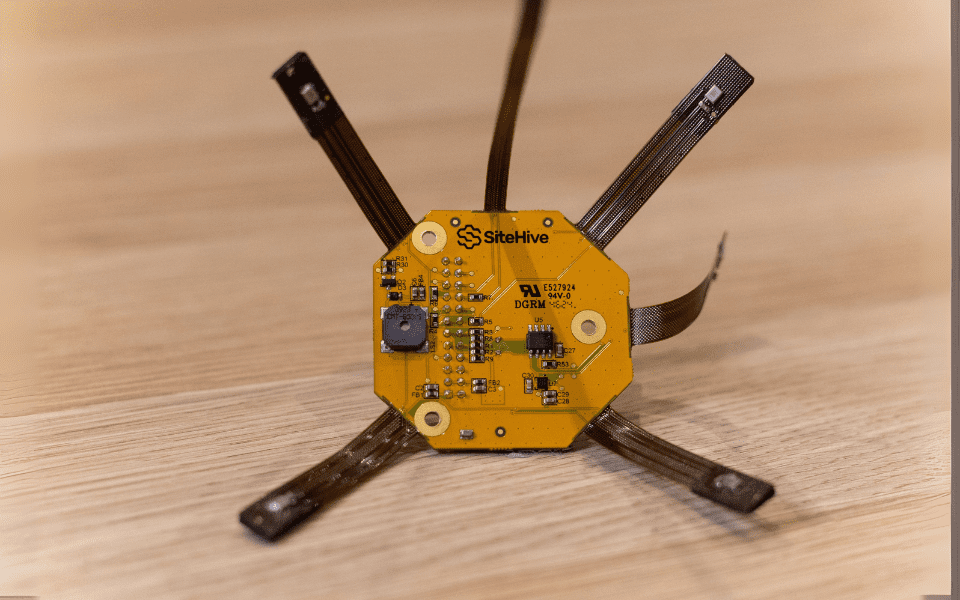
Regulatory testing usually includes electromagnetic compatibility (EMC) and electrical safety checks at a minimum, with additional standards depending on region (e.g. US vs Australia), application (e.g. consumer vs automotive vs medical), and components in the design (e.g. a product with Wi-Fi will have additional tests required). Testing ensures your product is legally compliant and safe for market use.
Use custom components when you need unique functionality, optimisation, or IP protection, while off-the-shelf parts are best for cost, speed, and availability. Custom components also have the advantage of form and size – you can design them around the form you want your product to have. On the other hand, if using off-the-shelf parts, you need to design your product form around the components themselves, which can be challenging.
PCB costs increase with higher layer counts, finer traces, tight tolerances, and quick turnaround requirements. Other advanced features can include controlled impedance, flex-rigid features, and specialised materials (e.g. specialised RF, high-voltage, or high-temperature fibreglass).
Components becoming obsolete (also known as “end of life”) is a challenge every product company must face. If a component becomes obsolete, you may need to redesign with an alternative part, qualify replacements, or engage in a last-time buy to maintain production.
Development costs vary widely based on complexity, compliance needs, and production scale, typically ranging from a few thousand to hundreds of thousands of dollars.
Electronics design timelines can range from 1-2 months for simple projects to several years for complex products (medical or defence industries).
Learn more about our other capabilities that support our product development services